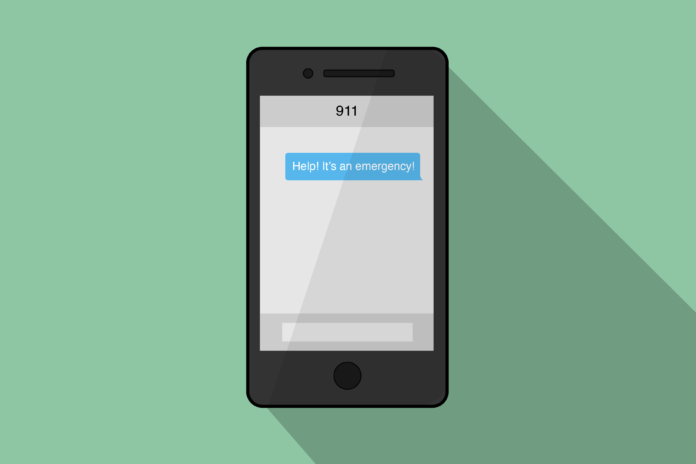9-1-1 emergency dispatchers in Davis, surrounding areas can now be contacted via text message
On Dec. 5 Police and Yolo County emergency dispatchers announced the launch of their text-to-911 service, which allows Yolo County residents to contact emergency services via text message. If circumstances make it difficult or impossible to speak on the phone, those in need of emergency assistance can now use their cell phone’s messaging service to reach nearby dispatch centers.
Winters city manager John W. Dovely mentioned the new county-wide service in a city council meeting on Dec. 4. He noted that the service was not meant to go live until January, but had been made available earlier than intended. Dovely joked that service was ideal for millenials who preferred texting to talking over the phone.
“You know, these millennials, they don’t even call anybody on the phone anymore,” Dovely said. “We now have to have text-to-911. So just to let you know, if anything ever goes down you can whip your smartphone and you can text a message to 9-1-1.”
Joking aside, the service isn’t intended for conversation-phobic millennials. Text-to-911 provides a useful option for people unable to speak over the phone due to disabilities, injury or dangerous circumstances. In a press release announcing the new service, The Yolo Office of the County Administrators detailed the specific situations where texting 9-1-1 may be the best option.
“Text-to-911 is intended primarily for use in specific emergency scenarios, such as; for individuals who are speech or hearing impaired; for those unable to call 911 due to a medical emergency that renders them unable to speak; in the event of a crime, such as a home invasion, where speaking might give away the location of a person hiding, or in an abduction situation; in domestic violence situations where it’s not safe to make a voice call,” the release read.
County officials laid out important rules of thumb when texting 9-1-1, reminding readers to include the location and the nature of the emergency in the initial text. They urged 9-1-1-texters to avoid using slang, emojis or abbreviations, and to not include pictures, videos or any other media besides text in their messages.
Dispatch administrators emphasized the importance of calling instead of texting whenever possible. Texts aren’t always delivered or received instantly, so calling is the best way to ensure a speedy response to the emergency. The dispatcher may also need additional information, which could require multiple texts back and forth before emergency services can be deployed.
To reach emergency dispatchers via text, simply enter 9-1-1 into the “To:” field of a text message, just as would be done for any other phone number. Include a brief description of your location and the nature of the emergency, then hit send. Texts to 9-1-1 will be routed to the closest available dispatch center after they are sent out.
Leah Goodwin, the operations manager at Yolo911 Emergency Dispatch, explained the how the text-to-911 service determines the closest dispatch center to contact.
“It uses cell phone routing, just like a 9-1-1 call that comes in a voice call on a cell phone,” Goodwin said. “It hits the closer cell phone tower, and then that tower routes to the closest dispatcher center. So for example, if you call 9-1-1 [via] voice call from in the City of Davis, it should go to Davis Police. If you are on campus, that call should go to UCD police. Same with text.”
Goodwin noted that it takes longer for dispatchers to locate the longitude and latitude coordinates of cellphone via text compared to a phone call — yet another reason it’s better to call if the situation permits.
“It’s not a precise technology, so it doesn’t get routed correctly every single time,” Goodwin said. “That’s why it’s very important for callers to understand where they are so they can tell the dispatcher so they can get them the correct help.”
She emphasized dispatchers’ preference for calls over text due to both the limitations of their location tracking technology and the difficulty of communicating quickly through texting.
“We always prefer for the caller to make a voice call if they can,” Goodwin said. “We don’t want text messages to replace making a voice call to 9-1-1 because the quality of location information we have is degraded, and the ability to communicate with someone quickly is degraded in text. So the slogan is ‘Call if you can, text if you can’t’.”
Don’t text and drive, and no texting emojis, memes or reaction gifs to emergency services. Just state your location, the nature of your emergency and hit send.
Written by: Tim Lalonde — city@theaggie.org




